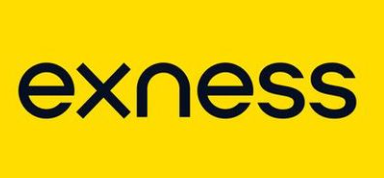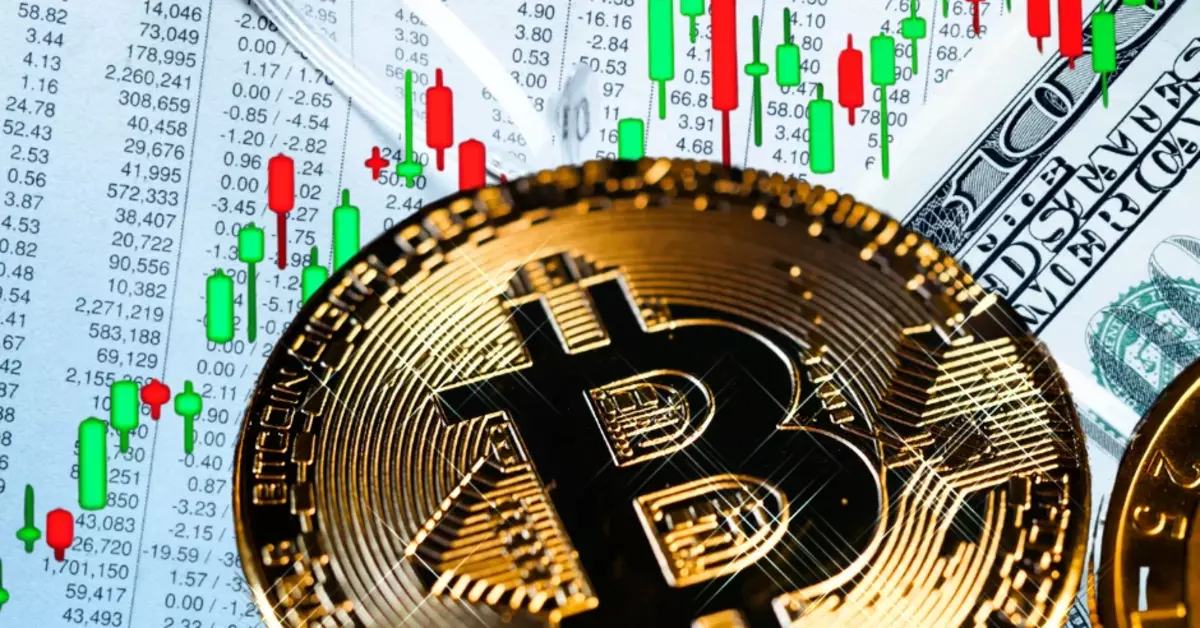When you open a brokerage account-whether for stocks, forex, or cryptocurrency-broker fees are an unavoidable part of the process. Many brokers say they offer “zero commissions” or “free trading.” However, there are often hidden costs that can reduce your profits. Knowing what to look for can help you make smarter decisions and maximize your returns.
1. Types of Broker Fees
A. Trading Commissions
- What it is: A fee charged for buying or selling assets.
- How it works: Some brokers charge a flat fee per trade, while others charge a percentage of the trade’s value.
- Hidden aspect: Even if a broker advertises zero commission, they may still make money through other means (like spreads).
B. Spread Markups
- What it is: The difference between the buy (ask) and sell (bid) price of an asset.
- How it works: Brokers may widen the spread, especially in forex or crypto trading, increasing your cost to enter or exit a position.
- Hidden aspect: Wider spreads mean you pay more, even if there’s no explicit commission.
C. Withdrawal and Deposit Fees
- What it is: Charges for moving money in or out of your account.
- How it works: Some brokers charge for wire transfers, credit card deposits, or even standard bank withdrawals.
- Hidden aspect: These fees can add up, especially if you make frequent transfers.
D. Inactivity Fees
- What it is: A fee for not trading or logging into your account for a certain period.
- How it works: If you’re a buy-and-hold investor or forget about your account, you might get charged monthly or annually.
- Hidden aspect: These fees can slowly drain your account over time.
E. Account Maintenance Fees
- What it is: A regular fee for keeping your account open.
- How it works: Charged monthly, quarterly, or yearly, regardless of your trading activity.
- Hidden aspect: Even if you don’t trade, you might still be paying.
F. Premium Tools or Research Fees
- What it is: Charges for advanced charting, analytics, or expert research.
- How it works: Many brokers offer basic tools for free but charge for premium features.
- Hidden aspect: These can be bundled or automatically added, so check your statements.
G. Currency Conversion Fees
- What it is: Fees for converting your funds into another currency for trading.
- How it works: If you trade international stocks or crypto, your broker might charge a percentage on each conversion.
- Hidden aspect: These are often higher than standard bank rates.
H. Margin Interest
- What it is: Interest charged when you borrow money from your broker to trade.
- How it works: If you use leverage or trade on margin, you’ll pay interest on the borrowed amount.
- Hidden aspect: Rates can be much higher than traditional loans.
I. Minimum Balance Fees
- What it is: Fees for not maintaining a minimum account balance.
- How it works: If your account drops below a certain amount, you might be charged monthly.
- Hidden aspect: This can penalize small investors.
J. Transfer Fees
- What it is: Fees for transferring assets to another broker.
- How it works: Called ACAT fees in the US, these are charged when moving your portfolio.
- Hidden aspect: Some brokers waive these, but many don’t.
2. How to Avoid or Minimize Broker Fees
- Compare Fee Schedules: Always review the full fee disclosure before opening an account.
- Choose the Right Broker for Your Needs: Day traders should look for low trading fees; long-term investors should focus on low maintenance and inactivity fees.
- Use Cost-Effective Funding Methods: Bank transfers are often cheaper than credit cards or wire transfers.
- Monitor Your Account Activity: Avoid inactivity and minimum balance fees by staying engaged.
- Opt for Basic Tools: Only pay for premium tools if you truly need them.
- Be Aware of Currency Needs: Use brokers with competitive conversion rates if you trade internationally.
- Ask for Fee Waivers: Some brokers will waive certain fees if you ask, especially if you’re transferring a large account.
FAQ: Broker Fees and Hidden Costs
Q1: Why do brokers charge so many different fees?
A: Brokers need to cover their operational costs, provide services, and make a profit. As competition has driven down visible fees like commissions, some brokers have introduced or increased less obvious fees to maintain their revenue.
Q2: How can I find all the fees a broker charges?
A: Check the broker’s official website for a detailed fee schedule or pricing page. If anything is unclear, contact customer support and ask for a comprehensive list. Always read the fine print in the account agreement.
Q3: Are “zero-commission” brokers truly free?
A: Not entirely. While you may not pay a direct commission, brokers often earn money through wider spreads, payment for order flow, or by charging for other services like withdrawals or premium research.
Q4: What is “payment for order flow” and does it affect me?
A: Payment for order flow is when brokers receive compensation for directing your trades to certain market makers. This can result in slightly less favorable prices for your trades, which is a hidden cost.
Q5: How do spreads work as a hidden fee?
A: The spread is the difference between the buy and sell price. If a broker widens the spread, you pay more to enter and exit trades, even if there’s no explicit commission.
Q6: Can I avoid inactivity or maintenance fees?
A: Yes, by choosing a broker that doesn’t charge these fees, or by ensuring you meet the minimum activity or balance requirements.
Q7: What should I do if I’m charged a fee I didn’t expect?
A: Contact your broker’s customer service for clarification. If the fee is not justified or wasn’t clearly disclosed, you can sometimes negotiate a refund or waiver.
Q8: How do margin interest rates compare to other types of loans?
A: Margin interest rates are usually higher than traditional bank loans or credit cards, and they can fluctuate. Always check the current rates before borrowing on margin.
Q9: Are crypto brokers different in terms of fees?
A: Crypto brokers often have unique fees, such as network transaction fees, staking fees, or higher withdrawal costs. Always review their fee schedules separately from traditional brokers.
Q10: How much do hidden fees really impact my returns?
A: Over time, even small fees can significantly reduce your investment returns, especially if you trade frequently or have a small account. Always consider the total cost of trading, not just the visible fees.
Key Takeaways
- Broker fees come in many forms, and not all are obvious.
- Always read the full fee schedule and ask questions before opening an account.
- Choose a broker that matches your trading style and financial goals.
- Monitor your account regularly to avoid unnecessary charges.
- Remember: The less you pay in fees, the more you keep in profits.
By staying informed and vigilant, you can avoid the pitfalls of hidden broker fees and make smarter, more profitable investment decisions.
















